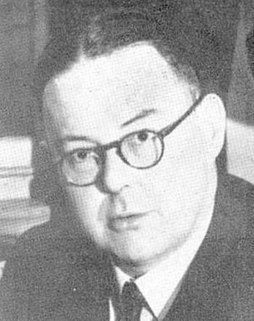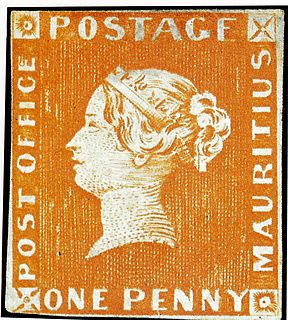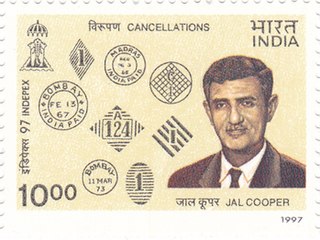Bertram McGowan (1874–1950) was a Scottish solicitor and philatelist who specialised in Chile and the Postage stamps and postal history of Great Britain, [1] especially Great Britain used abroad.

The Scottish people or Scots, are a nation and ethnic group native to Scotland. Historically, they emerged from an amalgamation of two Celtic-speaking peoples, the Picts and Gaels, who founded the Kingdom of Scotland in the 9th century. Later, the neighbouring Celtic-speaking Cumbrians, as well as Germanic-speaking Anglo-Saxons and Norse, were incorporated into the Scottish nation.
A solicitor is a legal practitioner who traditionally deals with most of the legal matters in some jurisdictions. A person must have legally-defined qualifications, which vary from one jurisdiction to another, to be described as a solicitor and enabled to practise there as such. For example, in England and Wales a solicitor is admitted to practise under the provisions of the Solicitors Act 1974. With some exceptions, practising solicitors must possess a practising certificate. There are many more solicitors than barristers in England; they undertake the general aspects of giving legal advice and conducting legal proceedings.

Chile, officially the Republic of Chile, is a South American country occupying a long, narrow strip of land between the Andes to the east and the Pacific Ocean to the west. It borders Peru to the north, Bolivia to the northeast, Argentina to the east, and the Drake Passage in the far south. Chilean territory includes the Pacific islands of Juan Fernández, Salas y Gómez, Desventuradas, and Easter Island in Oceania. Chile also claims about 1,250,000 square kilometres (480,000 sq mi) of Antarctica, although all claims are suspended under the Antarctic Treaty.
McGowan worked with Charles Nissen on the plating of the Penny Black and the Penny Red and was the co-author with Nissen of The Plating of the Penny Black Postage Stamps of Great Britain, 1840, for which they received the Crawford Medal from The Royal Philatelic Society London in 1922. [1] He was appointed to the Roll of Distinguished Philatelists the same year. McGowan and Nissen's work on the Penny Red formed the basis of the later work by J.B. Stanton which itself became the definitive work on that stamp. [2] In 1923 he won a gold medal for his display of the Penny Red Die II at London. [1]

Charles Nissen was a British philatelist, and stamp dealer who discovered the famous stock exchange forgery and wrote, with Bertram McGowan, the definitive book on the plating of the Penny Black.

The Penny Black was the world's first adhesive postage stamp used in a public postal system. It was first issued in Great Britain on 1 May 1840, but was not valid for use until 6 May. It features a profile of Queen Victoria.

The Penny Red was a British postage stamp, issued in 1841. It succeeded the Penny Black and continued as the main type of postage stamp in the United Kingdom of Great Britain and Ireland until 1879, with only minor changes to the design during that time. The colour was changed from black to red because of difficulty in seeing a cancellation mark on the Penny Black; a black cancel was readily visible on a Penny Red.
In 1940 Robson Lowe held an auction sale solely devoted to McGowan's Penny Black collection which included 2146 lots, [3] and after his death, his collection of Great Britain used abroad was also auctioned by Robson Lowe. [4]

John Harry Robson Lowe, Robbie to his friends, was an English professional philatelist, stamp dealer and stamp auctioneer.









